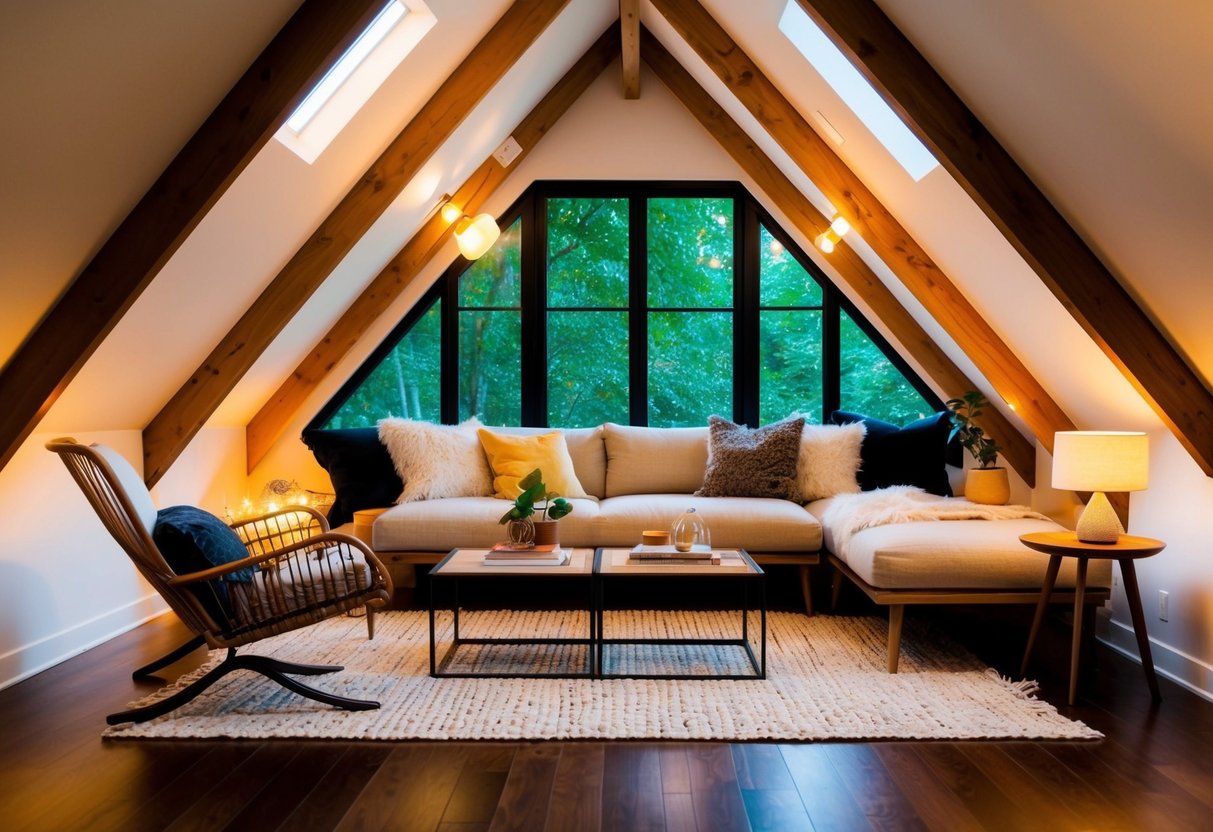Transforming Attics: Turning Forgotten Spaces into Cozy Retreats
Maximizing Natural Light
Natural light can dramatically alter the perception of space within an attic, making it appear larger and more welcoming. Skylights and dormer windows are beneficial additions, allowing sunlight to flood in. These features can also provide ventilation, keeping the area refreshed. When designing the layout, it’s crucial to position furniture and seating near windows to take advantage of both light and views.
Strategically placed mirrors can enhance this effect by reflecting light throughout the room. Light-colored walls and ceilings amplify brightness, while sheer window treatments permit daylight without compromising privacy. Embracing natural light not only creates a lively atmosphere but also reduces reliance on artificial lighting, which is particularly beneficial in energy consumption.
Incorporating Climate Control
Effective climate control is vital for year-round attic usability. Given their proximity to the roof, attics are susceptible to extreme temperatures. Insulation is a fundamental step to maintaining steady temperatures. Installing high-quality insulation helps retain heat during winter and keeps the space cool in summer, enhancing comfort.
Incorporating efficient HVAC systems extends climate control capabilities, ensuring adequate airflow and temperature regulation. Consider radiant floor heating as an option, delivering warmth evenly across the space. Ceiling fans can also aid in circulation, providing a consistent environment without the need for multiple systems. Paying attention to these elements ensures that an attic remains a comfortable retreat no matter the season.
Employing Smart Storage Solutions
Creative storage solutions are essential for maximizing limited attic space. Utilizing the unique architecture, such as slanted ceilings and nooks, is key. Custom built-ins or modular furniture that fit precisely into these spaces can provide ample storage without cluttering the area. Multi-functional furniture, like ottomans with storage or beds with drawers underneath, offer additional solutions.
Vertical storage options, such as shelving units along walls, make the most of available space. Incorporating storage within the design prevents clutter, maintains organization, and enhances the functionality of the attic. Smart storage effectively combines aesthetic appeal with practical necessity, ensuring the attic remains both attractive and functional.
Insulation and Ventilation Solutions

Attics that are transformed into livable areas must have effective insulation and ventilation systems installed. This ensures energy efficiency and maintains a comfortable climate throughout the year.
Choosing the Right Insulation
Selecting appropriate insulation is vital to maintaining temperature and reducing energy costs. Various materials, such as fiberglass, cellulose, and spray foam, offer distinct advantages. Fiberglass is well-regarded for being cost-effective and easily available. Cellulose, often made from recycled paper, provides an eco-friendly alternative with excellent thermal performance.
Spray foam insulation is valued for its exceptional air sealing properties, filling gaps and reducing drafts. It conforms to the shape of the attic space, offering consistent coverage. The R-value, which measures thermal resistance, should be carefully considered, as it varies depending on the type of insulation. Choosing a material with a suitable R-value for the climate is crucial for effective temperature regulation.
Ventilation Systems for Comfort
Proper ventilation balances moisture and temperature, preventing issues such as mold and mildew. Different systems like ridge vents, soffit vents, and attic fans cater to varied needs. Ridge vents, installed at the peak of the roof, work efficiently with soffit vents at the eaves, allowing hot air to escape while drawing cooler air inside.
Attic fans can further improve ventilation by actively expelling hot air, especially in warmer climates. Solar-powered options reduce energy consumption. Selecting an effective ventilation system depends on the attic’s layout and local weather conditions. Balancing fresh air intake and hot air expulsion ensures comfort and longevity of the attic space.



